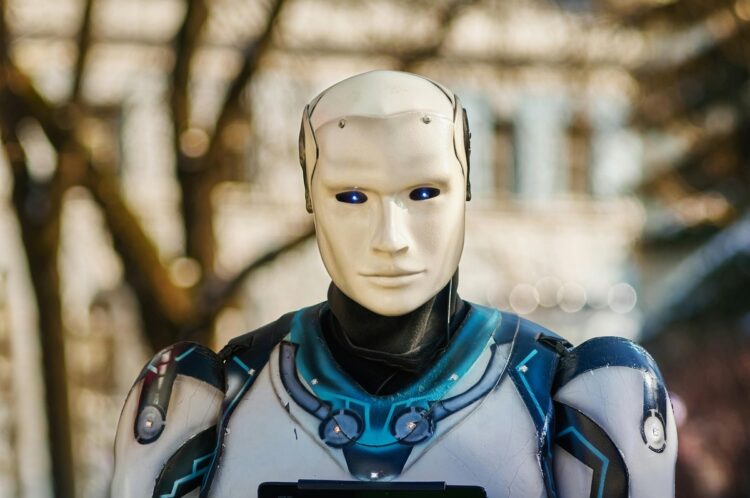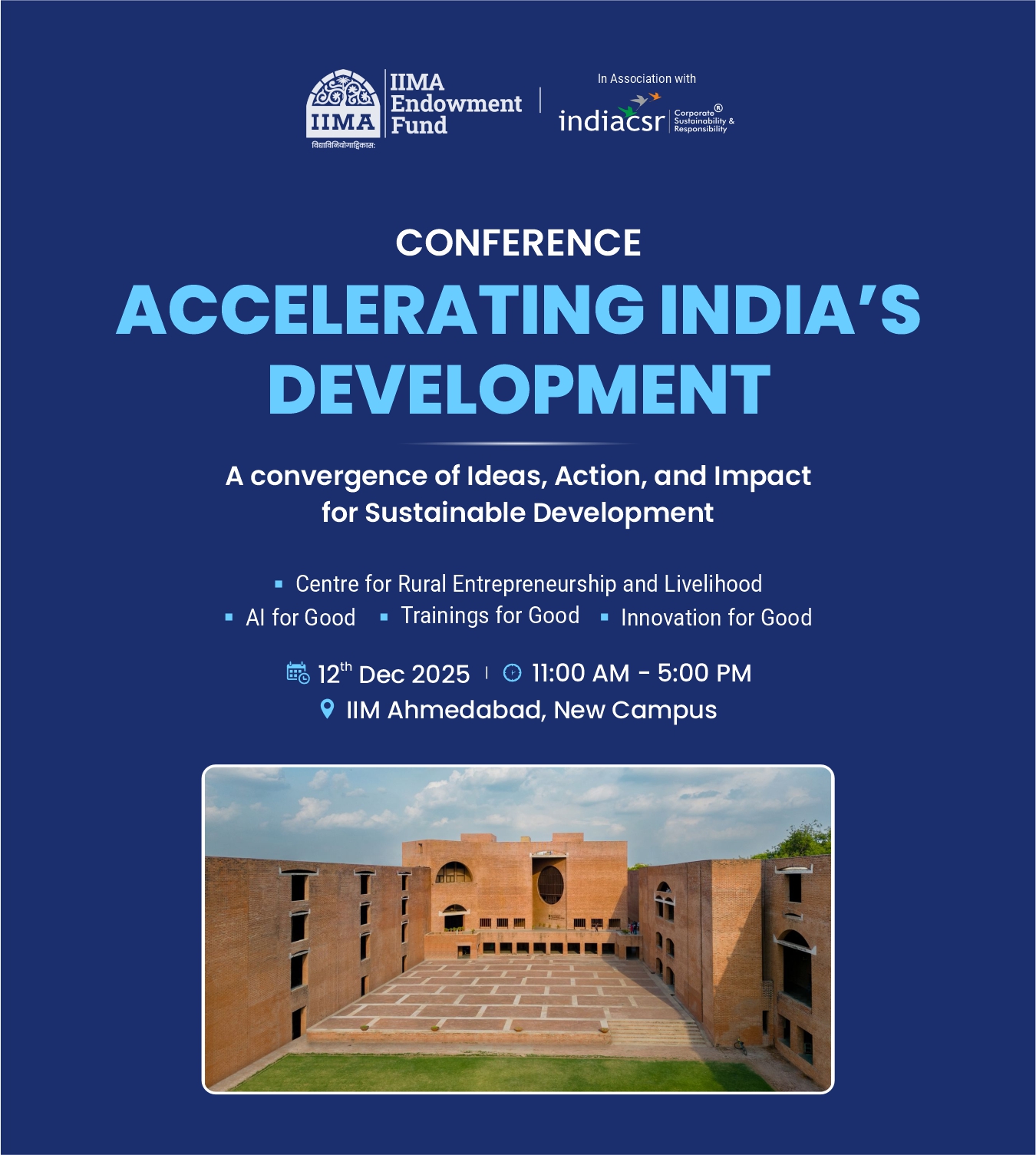Pi Network just deployed $20 million of its community treasury into physical robotics. Converting digital wealth to high-utility, tangible assets creates a major economic stress test for the entire DeFi sector. This article breaks down the investment’s profound significance.
The crypto sector spent too much time relying on abstract concepts and speculation to justify massive valuations. Seriously, the biggest projects now face a critical utility mandate. They must translate their immense community capital into auditable, real-world assets (RWAs). A financial decision of this magnitude establishes a significant precedent for how decentralized organizations wield economic power. You’re witnessing the industry mature right before your very eyes.
Pi Network and the Machine Economy
Recent analysis from Binance suggests the convergence of robotics and cryptocurrency is a major, high-growth investment narrative. They view it as potentially becoming the “next wave” following the initial AI boom. Combining industrial growth with crypto’s tokenomics creates completely new financial systems, often termed the Machine Economy or Decentralized Physical Infrastructure (DePIN). As of October 12, 2025, the pi coin price in India is ₹20.15 with a current market cap of ₹167.45B INR. It’s important to analyze the pi coin price separately from pi network’s ventures.
Projections data from Binance Research shows the global robotics industry is on track to surpass the $200 billion mark by 2030. And the industry’s sheer scale provides a massive base for asset tokenization. Real-world assets (RWAs) are a transformative financial force. They are off-chain assets tokenized and brought onto the blockchain. Allocating digital wealth toward physical hardware perfectly aligns Pi Network with the macro trend of creating sustainable, reliably backed sources of value. It’s a pretty calculated financial move.
A Twenty Million Dollar Commitment to Utility
Pi Network Ventures recently participated in a $20 million funding round, injecting capital into OpenMind and robotics. OpenMind is focusing on decentralized systems for humanoid machines. The investment’s size holds less importance than the co-investors Pi Network keeps. They are positioning themselves as a serious player in AI-driven automation, co-investing alongside established top-tier venture capital firms.
OpenMind is the first major recipient under the network’s $100 million venture capital initiative, created explicitly to fund projects that can demonstrate tangible, real-world utility. Yet, skepticism arose inside the Pi community. Some members felt resources should focus on core network development. Community questions place a high accountability requirement on the project to ensure the robotics deployment yields measurable social impact.
India Requires Human Augmentation, Not Displacement
Technology’s primary purpose must be human augmentation, never outright jobs. Machines ought to prioritize difficult, dirty, and dangerous tasks within heavy industry. Prioritizing those roles ensures the technology protects human life while creating new employment categories.
Success for the investment hinges on its capacity to create new, high-value employment across the country. The robots will require local supervisors, skilled maintenance technicians, and AI operators. Developing human capital alongside technical assets is the true goal. Does the investment create a direct pathway for industrial workers to move into better-paying roles?
Hard Safety Data Sets the Benchmark for Success
Local precedents provide a totally necessary standard for impact measurement. Want to see a successful Corporate Social Responsibility (CSR) strategy? Look at how advanced robotics are being used for worker safety in India. Tata Steel Meramandali offers the perfect benchmark case. The company deployed state-of-the-art robots specifically to its Raw Material Handling Systems (RMHS).
The explicit purpose was eliminating the “man-machine interface during the unloading of wagons.” The robots ensure “foolproof safety,” a critical CSR achievement in heavy industry. Systems utilize features like robotic decoupling and automatic drop gates with laser curtains. Project legitimacy demands adoption of similar quantifiable metrics. The technology also needs to prove it’s pretty sustainable and reliable, demonstrating that safety and productivity work together. Accountability demands concrete data showing real change in worker safety.
Trustless Accountability Through Blockchain Data
A unique governance mechanism is provided by the project’s decentralized nature. The Pi community has a Decentralized Autonomous Organization (DAO) at its core. The system allows the massive Indian user base to potentially vote on the robots’ social deployment priorities (like allocating resources to infrastructure inspection or environmental cleanup). The CSR strategy becomes community-governed and locally relevant.
The real innovation rests in the potential for on-chain transparency. The robots’ social contributions and safety data will be logged onto the immutable blockchain. Pi Network can create a trustless CSR tracking mechanism using that process. Proving the social good on the ledger converts an abstract digital resource into an auditable, tangible contribution.
Decentralized Capital’s Global Responsibility
The $20 million asset allocation represents a critical step for decentralized capital. It converts speculative digital wealth into auditable, physical assets with a defined social purpose. The investment makes the clearest statement yet of Pi Network’s intention to transition from a digital community project to a globally responsible, infrastructure-focused player.
Adherence to proven safety-first strategies aligns the initiative with India’s Business Responsibility and Sustainability Reporting (BRSR) standards. But the ultimate test for decentralized capital always lies in its capacity to impact the world where assistance is needed most. What new investment paradigms emerge when accountability is transparently enforced?
The investment establishes a bold new framework. It demonstrates how crypto can move beyond price charts and speculation to build an equitable Machine Economy. The system will be based on tangible assets and trustless, measurable social outcomes.






